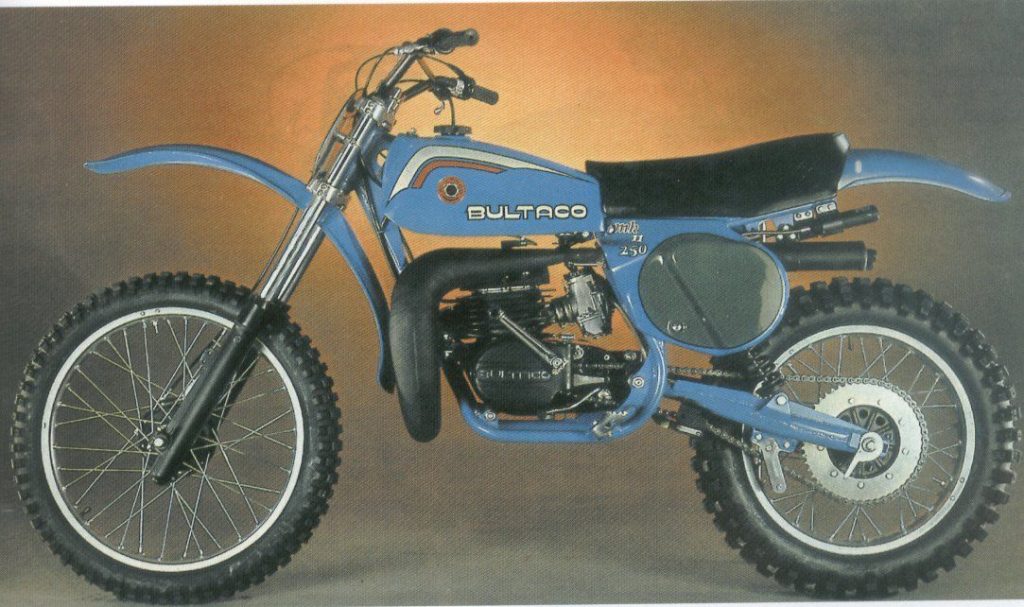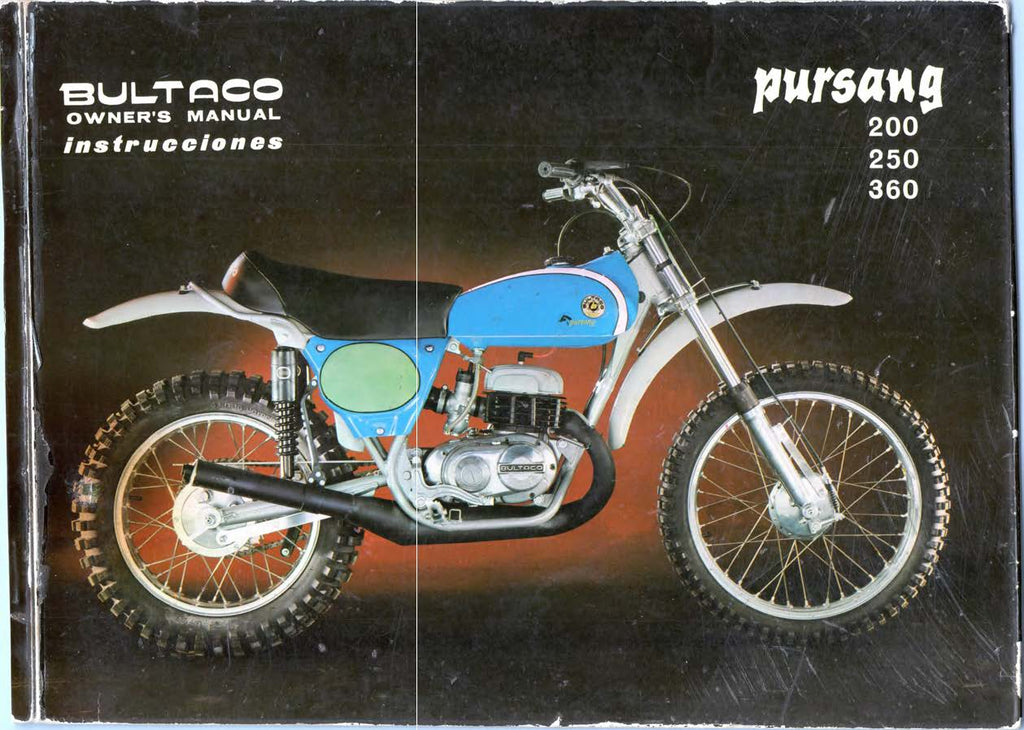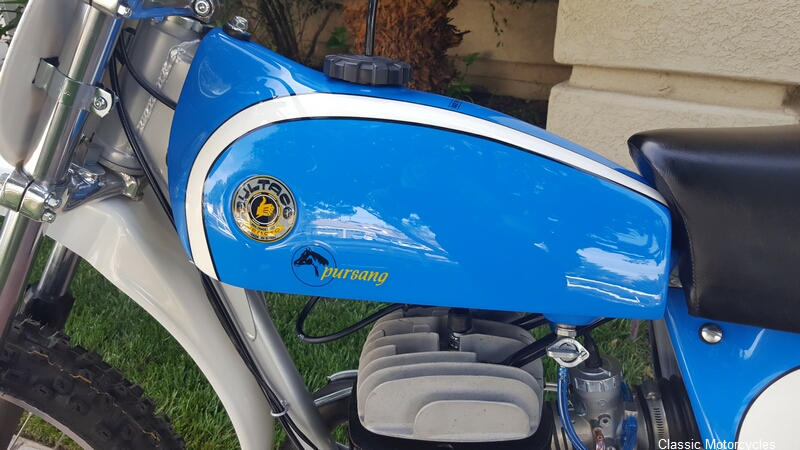
Those dimensions, not coincidentally, are identical to those of the old Villiers Starmaker engine. That choice of bore and stroke-66 by 72 mm-has a curious story behind it, one that is rather a monument to Japanese eclecticism. This likeness has mainly to do with the bore/stroke dimensions, and finning, after which differences appear in the gearbox, ratios, carburetion, compression ratio, piston design, and method of lubrication. It is a two-stroke Single that bears some resemblance to the TM-250 motocross racer. The strong point of Suzuki’s new trail machine is its engine. The present stops provide very little, and the condition is extremely annoying when side-sliding down hill, sharply countersteering, or when turning slowly in tight quarters, trials style. An increase in steering lock would be welcome, however. The result is an exceptionally comfortable ride in the dirt, as well as willingness of the machine to slip over ledges and bumps without jarring the rider. Three-way adjustable shock absorber units at the rear master their duties well. The clanking sound itself is harmless, though it tends to discourage the rider from “leaving it on.” Compression phase of the fork action is excellent. The fork also clanks when the front end is yanked into the air and the fork legs extend unchecked to the stops. However, there is no damping on the rebound phase, which reduces stability and steering precision over rough ground and causes front wheel patter in heavy braking. Travel is 6.5 in., which is an exemplary amount of telescopic action even for a pukka dirt racer fork. The front fork, finished in chrome from top to bottom, greatly enhances the appearance of the machine. The swinging arm shows no signs of flexing, although this might not remain the case if the engine were brought to motocross tune. That “look” is partly the tubing size, partly the compact, rigid-looking main frame loop, and partly the gussets and strut that strengthen the steering head. Of classical single top tube, single downtube and double cradle configuration, and resembling that of the TM-250, the Savage’s frame has a robust look to it. The frame and swinging arm assembly seem amply rigid. Wheelbase is nearly 54 in., which contributes greatly to the Savage’s stability. Front/rear weight bias, fairly even percentages at 45/55, makes it amenable to smooth road sliding, but excessively frontheavy for rapid travel across rough terrain. It is an extremely pleasant machine to ride on the pavement and, surprisingly, doesn’t do at all badly once it hits the dirt. Fortunately, the bike is street legal to the Nth degree, and quiet, so the sneaking will be done only in principle rather than necessity. Rather, it is a bike for the casual enthusiast, who likes to sneak through the back streets of town to the fire roads or open land. But it is the best Japanese dual purpose street and trail 250 ever tested by CW.ĭespite superficial resemblances to the TM-250 motocrosser made by Suzuki, the Savage is a much different machine, and is not intended for the rider with racing intentions.

Were it not for the fact that it looks so stylized, Suzuki’s new TS-250 Savage could pass for a serious dirt bike. Give the engine a few hundred miles to loosen up, and it puts out an astonishing amount of broad range power. Chrome and blinker/reflector doodads abound. Enjoy.A Sometimes Trail Bike For The Back Street Sneak A fun project with a lot of frustration thrown in for fun. The frame has been powdered coated, probably the only incorrect restoration with this bike. She rides on NOS Pirellis MX07 tires, just as it came form the factory. I found many parts on eBay, Hugh’s and Mobleys. The engine was frozen solid so a complete rebuilt was completed. This allowed me to “bury” the decals in the clear resulting in a smooth finish. I painted all the fiberglass parts with a base coat and followed by a clear coat. Anything chrome has been re-chromed, show chrome. All bolts and fasteners were cad plated as it came from the factory. Two years later and a bunch of cash I finished the bike.


Went for a drive with some cash and came home with a pretty much unmolested Pursang. Keeping my eye open for a good Pursang, I finally found one about 140 miles form my home.
#1969 bultaco pursang 250 plus
I loved the looks of the bike, plus it went like hell. Back in the day I had a friend that bought a Pursang Mk4 new. I have restored two Bultaco Alpinas, but always loved the boat tail Pursang. Here is what Mark has to say about his stellar iron horse.

This gorgeous Bultaco Pursang 250 MK4 comes to our showcase from Mark Wiley. The Bultaco Pursang MK4 was produced from 1969 to 1971.


 0 kommentar(er)
0 kommentar(er)
